Jerry Garcia
While it’s hard to imagine, Jerry Garcia’s pedal line was fairly simple – especially compared to other jam band frontmen. Despite this he relies heavily on touch to deliver a lot of his signature tones.
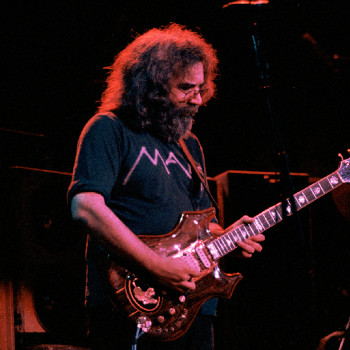
Despite this, he uses a much more barebones pedal line compared to say Trey Anastasio, and so for the mid-level performer or even bedroom studio whiz, you can easily get within the ballpark of Jerry’s tone with as little as 4-5 pedals. Many of the more obscure tones (think 80’s Dead) make heavy use of octave pedals and whammy pedals.
While the setup below will have you covered for 85% of Dead songs, Jerry himself has said he drives the bulk of his tone through the tone knobs on his guitar, as well as the finesse he brings to the technical side of his playing.

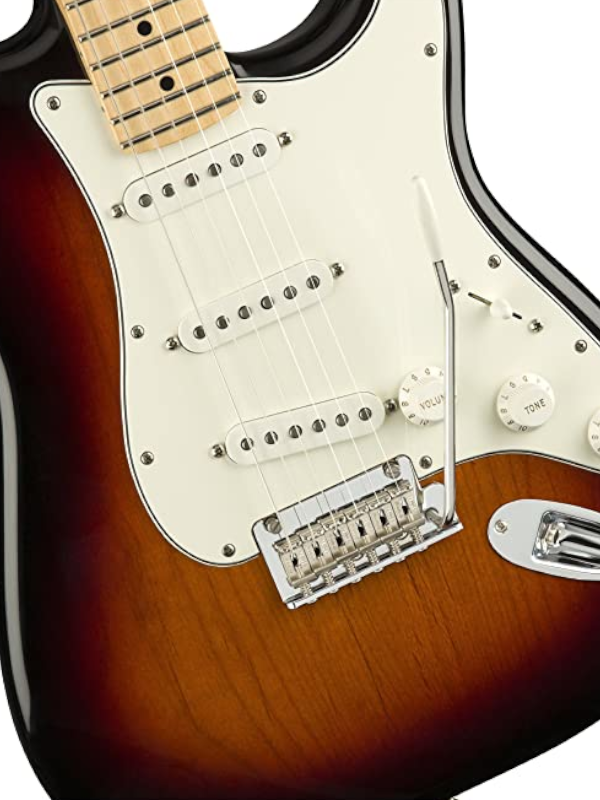
Fender
1957 Fender Stratocaster
Most of Jerry’s guitar’s through the years were custom, but he started playing a 1957 Stratocaster that was actually a gift from Graham Nash for helping him out on a number of his songs. This was originally purchased from a pawn shop for $250, so a Strat is a good start (and a fairly cheap one) for Dead fans to start with to emulate his sound.
This is not to say that a Strat is the only option – most of Jerry’s tone comes from touch – not his pedal line and guitar setup – and Jerry’s later guitars tended to favor a fuller sound you might expect from a Gibson.

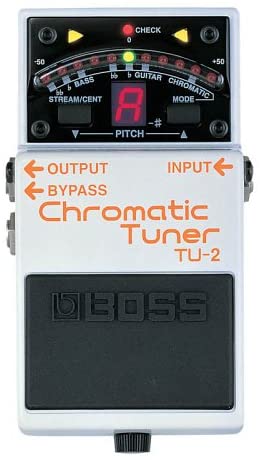
Boss
TU-2 Pedal Tuner
The Boss TU-2 Pedal Tuner is a staple of any musician – whether you’re touring or playing in bars. While Trey uses the TU-2 Model, you won’t find any difference using the latest model, a TU-3.
Those of you chasing an exact replica of his rig can find used TU-2’s available, though the price is always ballooned due to collector demand.

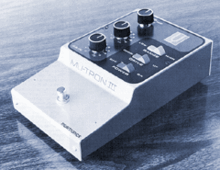
Musitronics
Mu-Tron III
The Electro-Harmonix POG2 or Polyphonic Octave Generator will produce either one or two octaves below or above the input note. This isn’t an effect that’s active the entire time Jerry is playing, but you’ll often hear him switch this on to give his guitar a big “swell” sound, and really increase the lows coming out of the guitar.
While pricey (at $399 new) the pedal is still is in production and is available at most outlets.

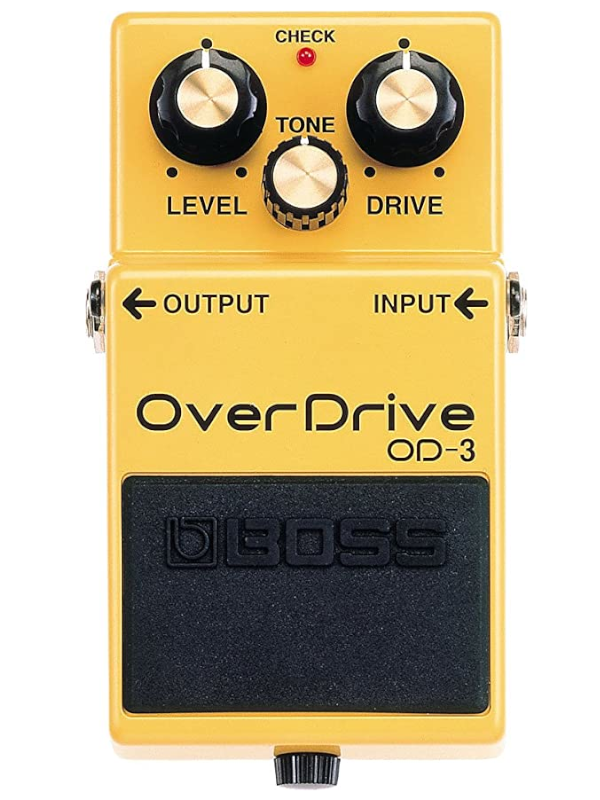
BOSS
OD-1 Overdrive Pedal
A number of photos exist of Jerry’s frontline and in the late 80’s and 90’s many have pointed out the presence of the Boss OD-1 Overdrive or Boss OD-2 Turbo Overdrive pedals.
As with most 80’s and 90’s versions of these pedals, the originals are hard to come by, but the newer OD-3 model provides the same punch, with some modern day improvements.


MXR
Distortion + (Script Logo)
The MXR Distortion + was the distortion pedal of choice that Jerry used in the late 70’s. These are still in production, and you’ll find a big mix of other pedals that more closely try to emulate the older Distortion + models.
In particular, Jerry used the “Script Logo” version of this, but you’ll find it quite harder to find that original model, and for a quick and easy way to get close to Jerry’s sound you’ll be fine using a modern MXR model.


MXR
Carbon Copy – Analog Delay
Jerry uses the original MXR Analog Delay in many of his songs, though he also has switches that allow him to adjust the delay time which brings a whole other level to how you could potentially use this pedal live.
While the original is no longer in production, the Carbon Copy is MXR’s continuation of the product line. You’ll hear this pedal in almost all Red Rooster slide solos, Shakedown’s post verse jam (Madison Square Garden in 87′) as well in DarkStar (Medowlands 89′).
Keeping this delay pedal on, but at a lower setting brings a lot of warmth to a tone, and is an effect a lot of guitarists use. Having a second (quieter) attack on a note adds a lot of depth.

A Final Word On This Guide:
As stated at the outset, this is BY NO MEANS a complete overview of the possible types of pedals your rock pedalboard can house, but merely the beginning. There is so much more to explore within and beyond just these three types of effects. But once you have selected the overdrive/distortion, phaser, and delay/echo you like, you can then consider pedals like a wah, an octave pedal, or one that improves upon effects your amp already has like reverb and EQ. The field is wide, now plug in and experiment!
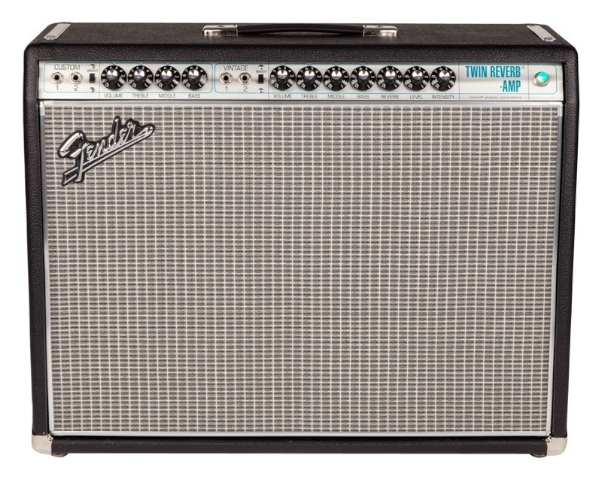
FENDER
’68 Custom Twin Reverb
The Twin Reverb is very similar to the standard Fender Reverb amp, but has two much larger speakers compared to the one present in the single model.
Jerry used a 1968 Custom Twin Reverb which featured a silver and turquoise plate. The Fender Twin quite famously provides a tremendous amount of natural overdrive, though it’s often quite hard to achieve this without turning the amp up (thus heating the tubes) but due to the size this is hard to pull off in smaller studios or bedroom setups.
Relying on your overdrive pedal can help, as well as dropping down to a standard Fender Reverb which will allow you to create some of that natural overdrive without blowing out your windows.
